You've probably heard this song before: "world's thinnest foldable phone!" But the Honor Magic V5 might actually deserve the hype. At just 8.8mm thick when folded and weighing a mere 217g, this thing makes other foldables look chunky by comparison. Honor didn't just chase thinness records though, they packed in a 64MP periscope telephoto camera and the world's first 6,100mAh silicon-carbon battery for a foldable. The engineering feat represents something bigger than spec sheets: it's the moment foldables stopped being compromised alternatives and started becoming the premium flagship category.
The thinness race just got ridiculous
The numbers tell the story better than any marketing pitch. Honor's Magic V5 measures 4.1mm when unfolded and 8.8mm when folded, officially dethroning the Oppo Find N5's 8.9mm record. Sure, we're talking about 0.1mm here—basically imperceptible to human touch—but in the engineering Olympics of smartphone design, every fraction counts.
Quick manufacturing caveat: that 8.8mm measurement applies only to the Ivory White version, with other colors slightly thicker at 9mm. Still record-breaking, but worth noting if you're chasing absolute thinness bragging rights.
Here's where it gets interesting: Honor achieved this while actually increasing battery capacity. The Magic V5 packs a 5,820mAh battery compared to the V3's 5,150mAh, and the Chinese version reportedly goes up to 6,100mAh. That's not just impressive, it's borderline sorcery when you consider Samsung's Galaxy Z Fold 5 sits at 13.4mm folded and Google's Pixel Fold measures 12.1mm.
The weight story transforms the category entirely. At 217g for the Ivory White version, Honor might also claim the "world's lightest foldable" crown alongside Vivo's X Fold 5. Compare that to regular flagship phones that often exceed 230g, and you realize we've hit the inflection point where the "foldable tax" becomes a "foldable advantage."
That camera bump tells a different story
Now let's talk about the elephant on the back of the device: that camera module. While Honor obsessed over shaving millimeters from the chassis, they apparently decided to go full flagship with the camera system. The Magic V5 features a 64MP periscope telephoto camera—a substantial upgrade from the Magic V3's 50MP sensor.
The camera specs read like a premium flagship wishlist: 50MP wide camera, 64MP periscope telephoto, and 50MP ultra-wide. The telephoto gets native 3x optical zoom, down from the V3's 3.5x but with a brighter f/2.5 aperture versus f/3.0. That aperture improvement means significantly better low-light telephoto performance—critical for real-world photography where you're not always shooting in perfect conditions.
Here's the trade-off: while Honor's chassis is impossibly thin, the camera module rises almost twice as high as Oppo's Find N5. In practice, this makes the phone feel thicker overall when placed on surfaces or sliding into tight pockets. The positioning shows Honor's commitment to flagship photography isn't just on paper—they're willing to compromise the ultra-thin aesthetic to deliver genuine photographic capability that rivals dedicated camera phones.
Battery breakthrough that actually matters
The real story isn't the thinness—it's how Honor achieved it without sacrificing power. The Magic V5 introduces the industry's first 6,100mAh silicon-carbon battery with 25% silicon content. Translation: they basically reinvented battery chemistry to pack more juice into less space.
This isn't incremental improvement; it's generational leap territory. Previous Honor foldables used silicon-carbon tech, but the Magic V5's high-silicon design represents the world's first mass-produced implementation at this scale. The batteries are said to be 3.4 times stronger than graphite-based systems while operating at lower voltage for better efficiency.
This enhanced silicon-carbon chemistry doesn't just enable higher capacity—it actually supports faster charging performance. 66W wired and 50W wireless SuperCharge means the advanced battery architecture can handle rapid power delivery without the thermal stress that typically limits charging speeds in ultra-thin devices.
For context, that 6,100mAh capacity would be impressive in a regular smartphone—getting it into a foldable this thin feels like cheating the laws of physics.
PRO TIP: The Chinese model gets the full 6,100mAh battery, while international versions are expected to stick with 5,820mAh—still plenty impressive.
Snapdragon 8 Elite powers the show
Under that impossibly thin chassis lives Qualcomm's flagship Snapdragon 8 Elite processor, paired with 16GB of RAM and 512GB of storage. This isn't some compromised "thin phone" chipset—it's the same silicon powering 2024's Android flagships.
The thermal management challenge in such a thin form factor is significant, but the advanced silicon-carbon battery chemistry actually helps. Lower operating voltages generate less heat, while the improved efficiency means the Snapdragon 8 Elite can maintain peak performance longer without throttling. This directly translates to smoother AI processing for features like MagicOS 9.0.1's AI Agent YOYO, which can handle complex multi-agent collaboration without performance degradation.
The displays don't disappoint either: 7.95-inch main screen and 6.43-inch cover display, both running 120Hz LTPO OLED panels. Honor managed to maintain premium specs across the board while somehow making everything thinner and lighter.
The durability story gets interesting too. Honor claims IP58 and IP59 ratings—potentially better than many regular smartphones and certainly impressive for a foldable. HONOR's announcement lists IP68 and IP69 certification, Reports of IP68/IP69 are unverified and should be removed or clearly labelled as unconfirmed.
Don't Miss: The Magic V5 HONOR says it supports a very wide range of 5G bands (company claim), plus BeiDou satellite messaging for emergency connectivity.
What this means for the foldable future
The Honor Magic V5 represents more than spec sheet bragging rights—it's proof that foldables can match traditional flagships without the usual compromises. When a folding phone weighs 217g compared to regular flagships often exceeding 230g, we've officially reached the point where "foldable tax" becomes "foldable advantage."
This engineering achievement puts serious competitive pressure on Samsung, Google, and OnePlus to dramatically accelerate their foldable innovation. The Galaxy Z Fold series suddenly looks dated, and that's before we consider the battery life implications of Honor's silicon-carbon breakthrough. When foldables start outlasting regular phones while being thinner and lighter, the entire smartphone hierarchy shifts.
The camera system breakthrough suggests something bigger: Honor isn't settling for "good enough for a foldable" anymore. That 64MP periscope telephoto belongs on premium flagships, and stuffing it into their thinnest device yet signals that foldables are becoming the new flagship category rather than remaining expensive alternatives. This could accelerate mainstream adoption by eliminating the performance compromises that kept many users loyal to traditional smartphones.
The pricing strategy amplifies this disruption. At RMB 8,999 in China (roughly $1,240), Honor is applying serious pressure to competitors charging $1,800+ for thicker, heavier alternatives with smaller batteries. If international pricing maintains similar value positioning, it could trigger a race to the bottom that makes premium foldables finally accessible to mainstream users.
PRO TIP: The Magic V5 starts at RMB 8,999 in China (roughly $1,240), putting serious pricing pressure on competitors charging $1,800+ for thicker, heavier alternatives.




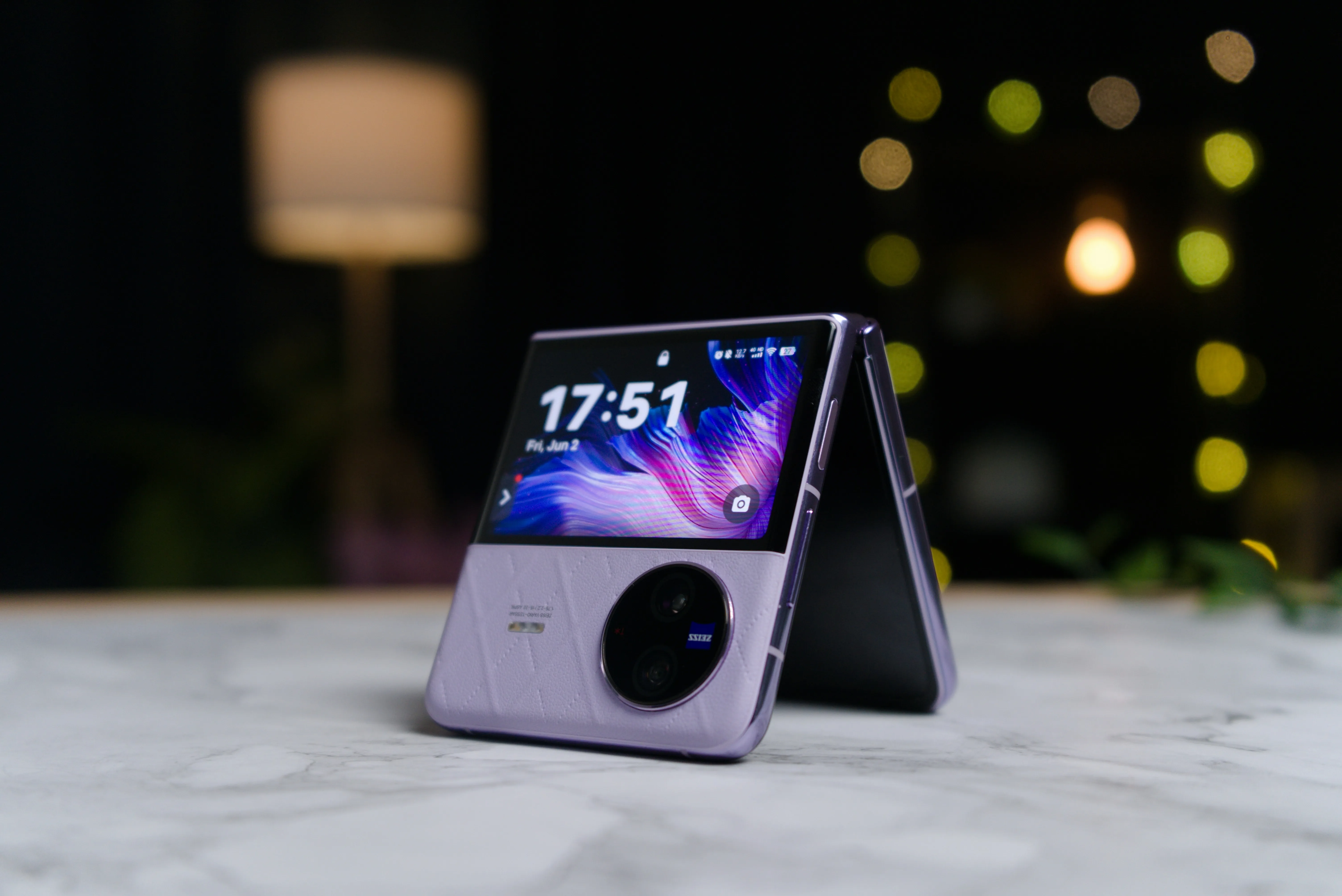

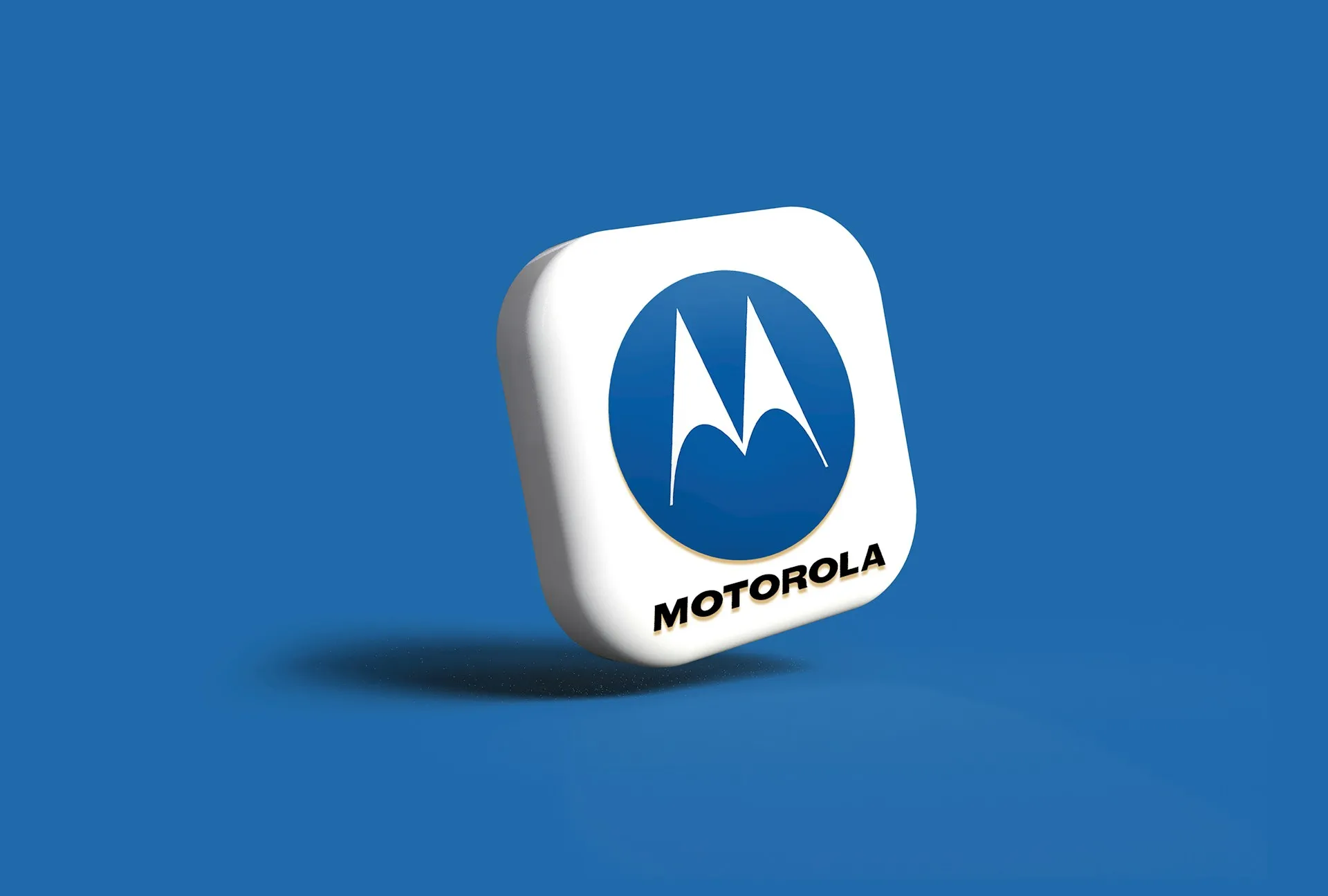
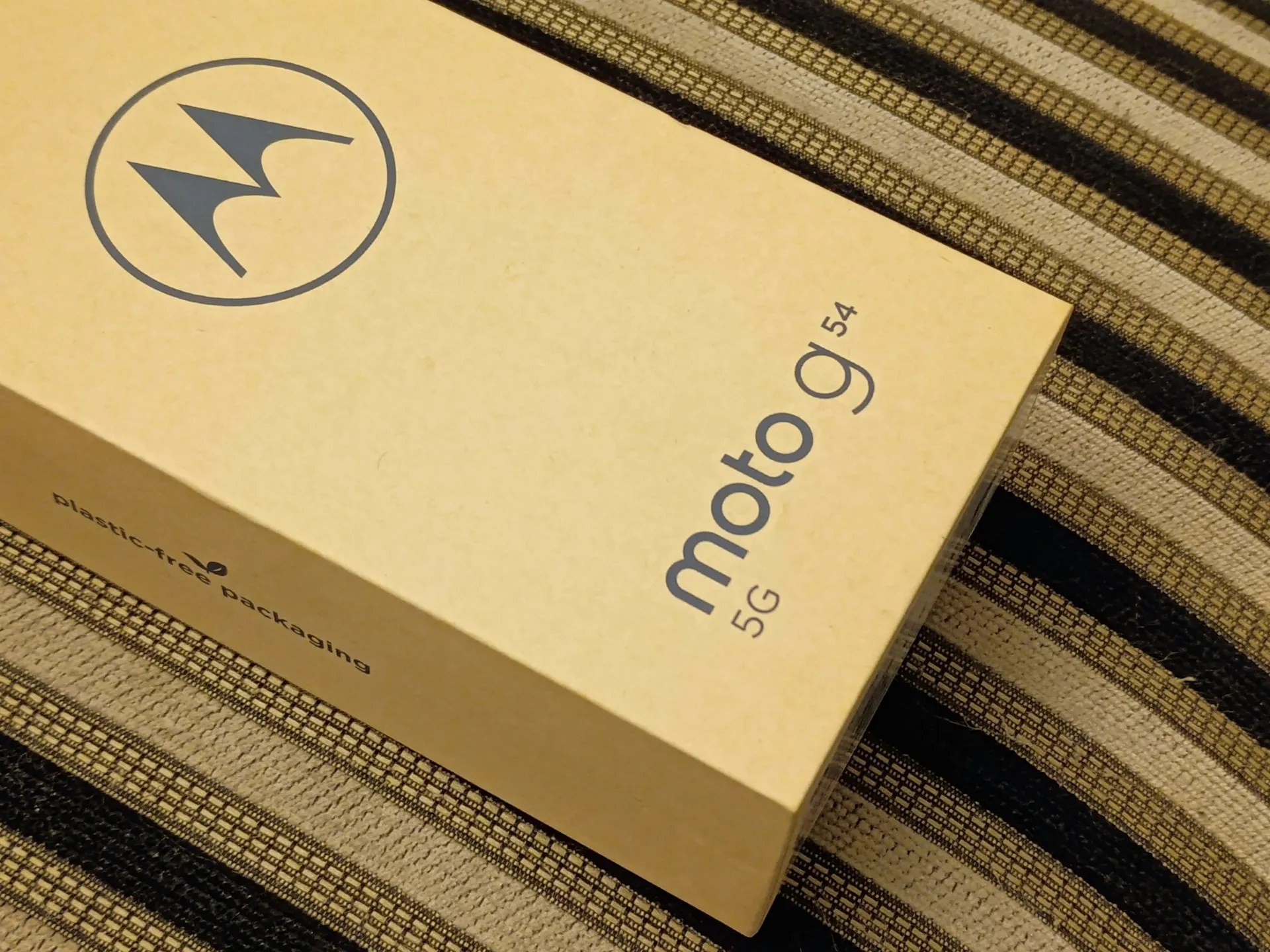

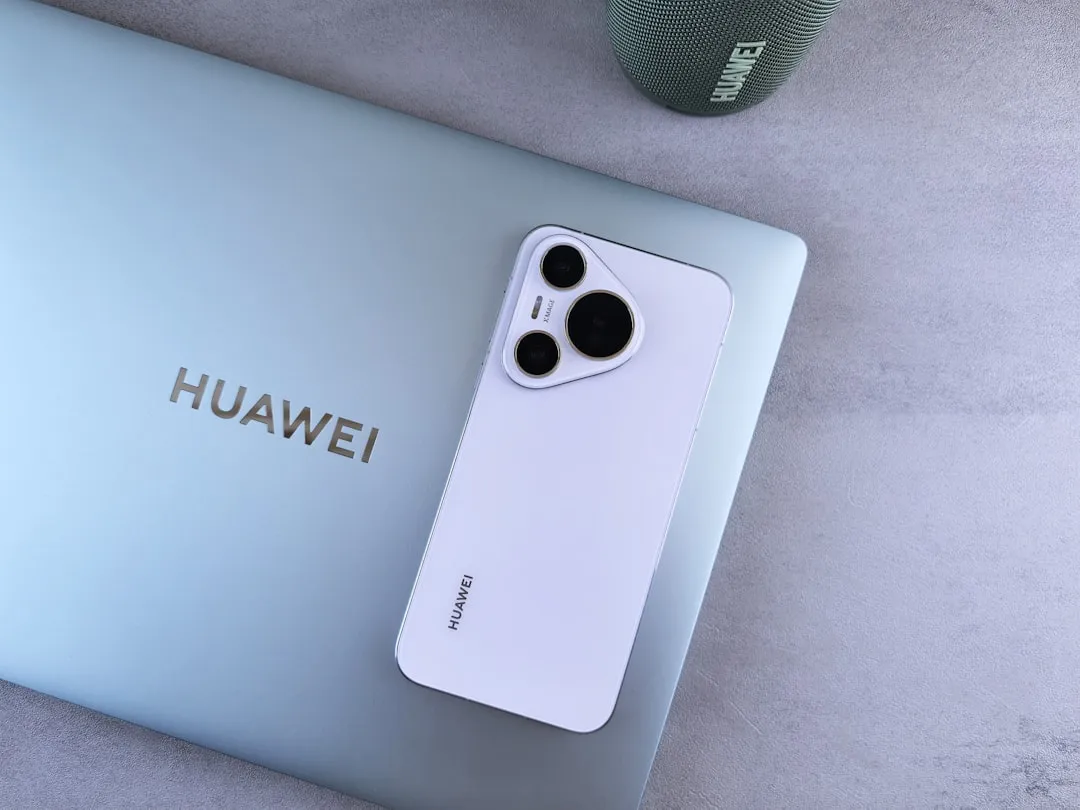

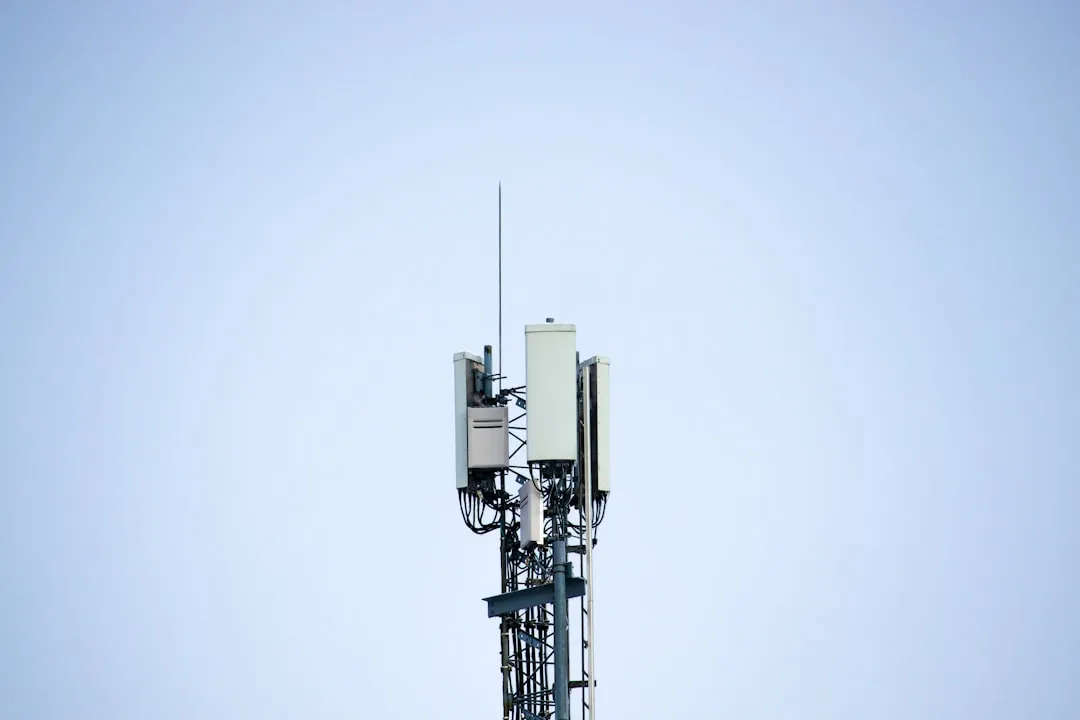
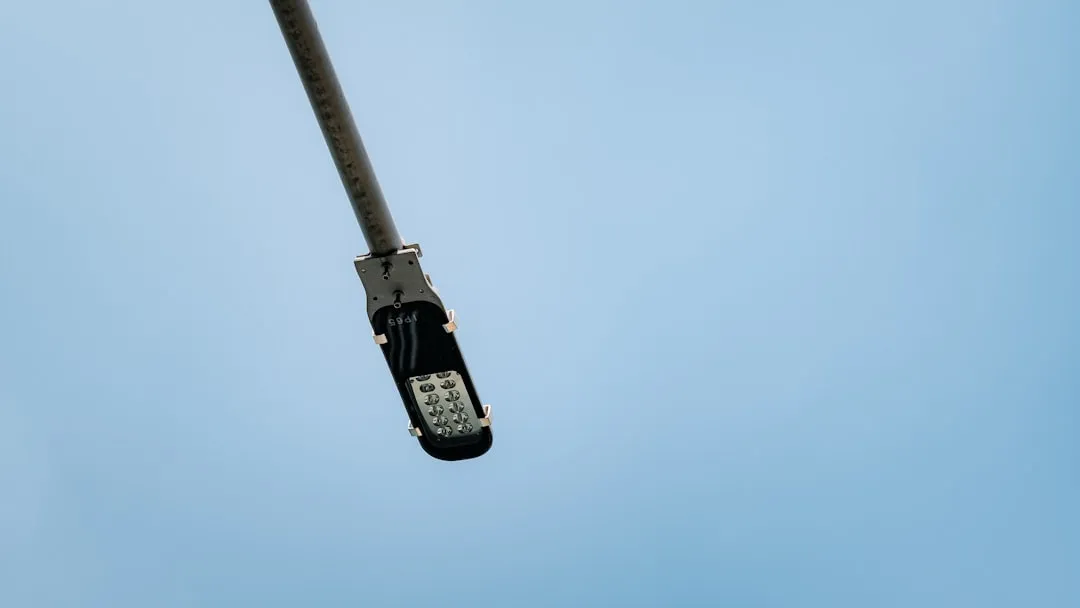

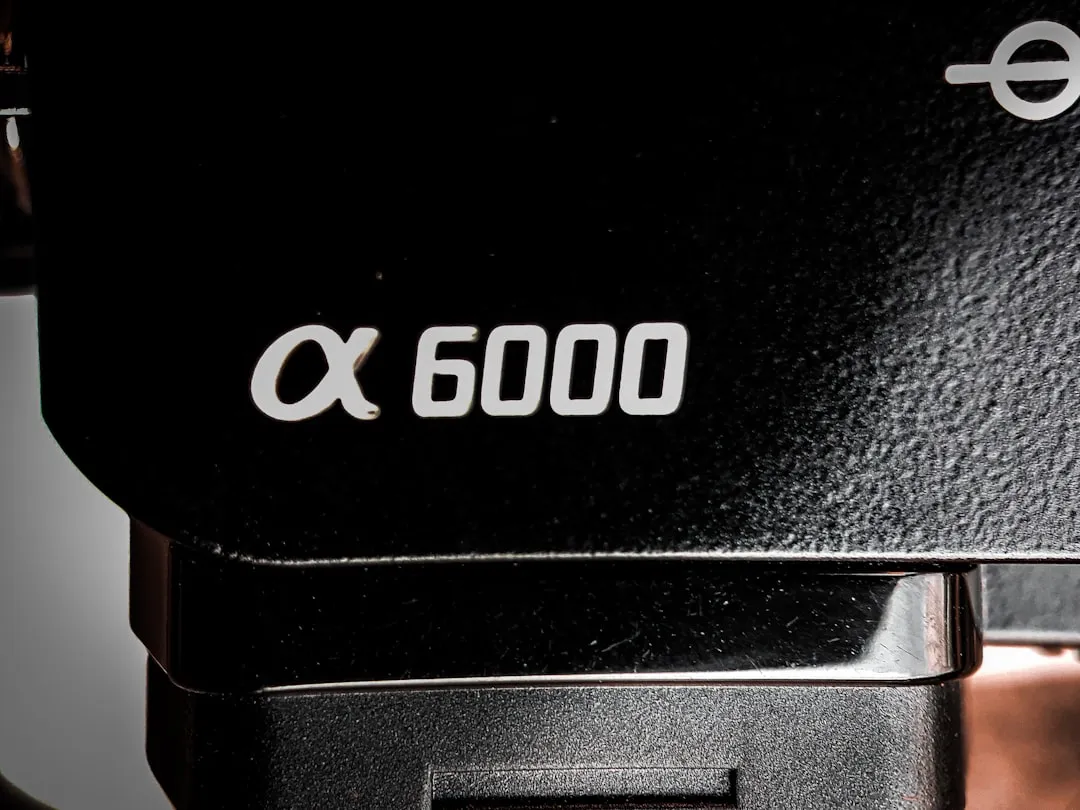




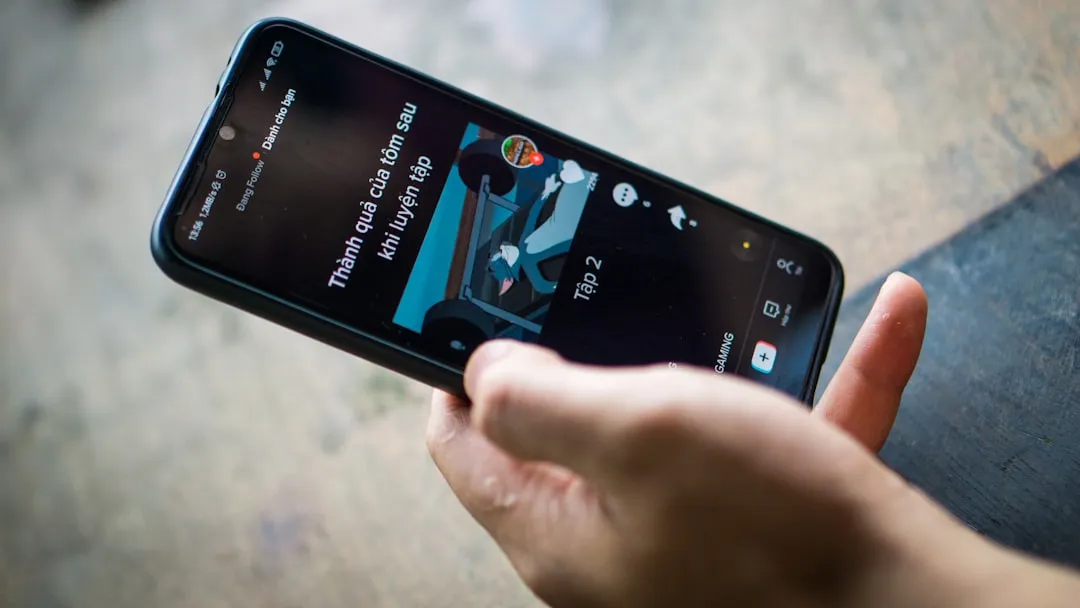


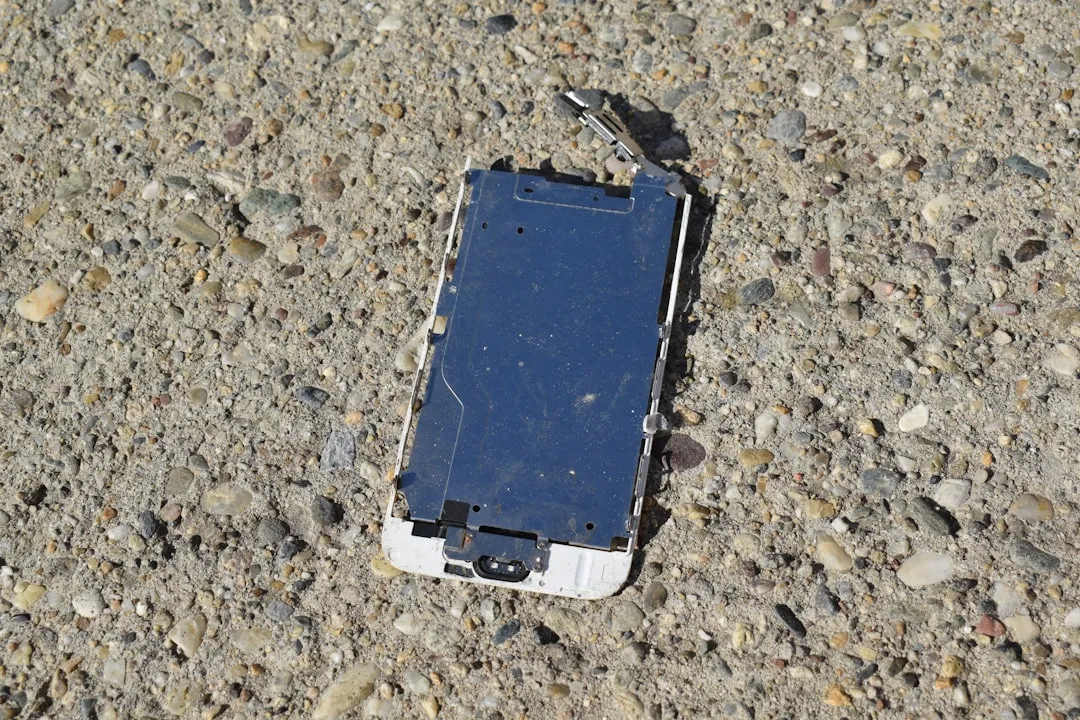
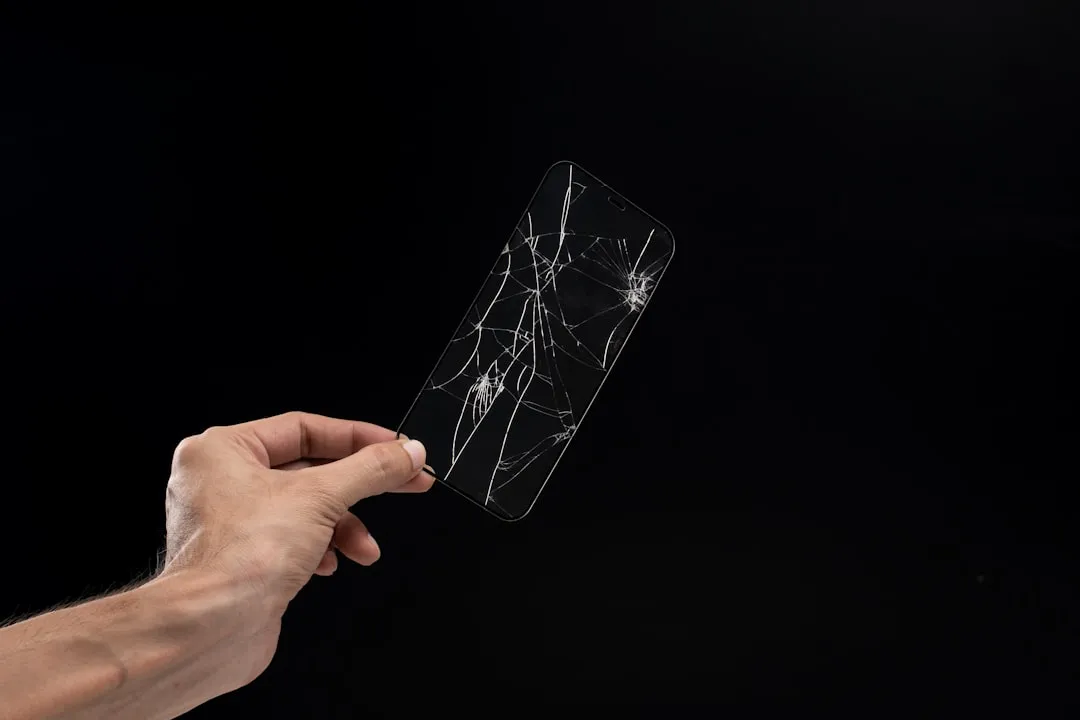
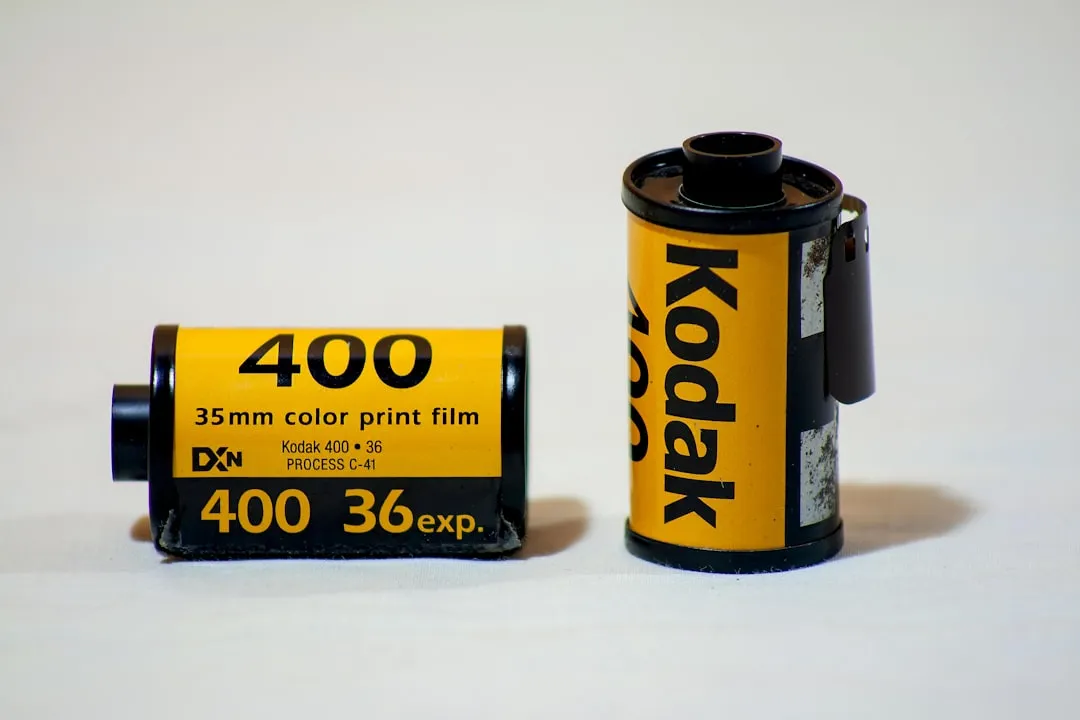
Comments
Be the first, drop a comment!